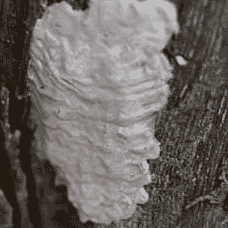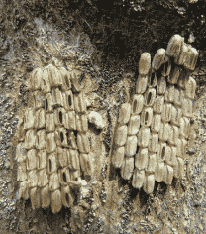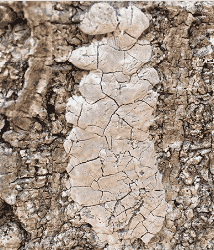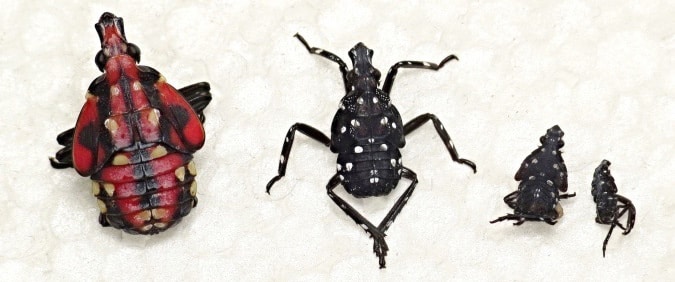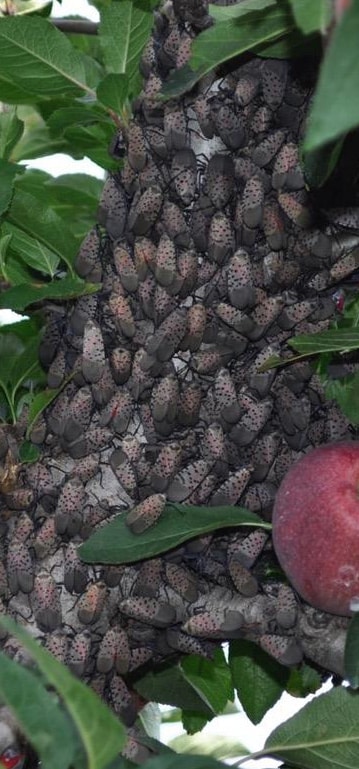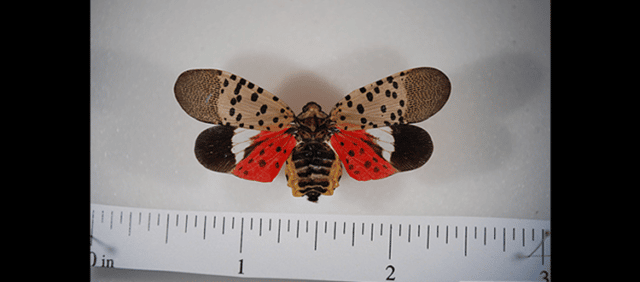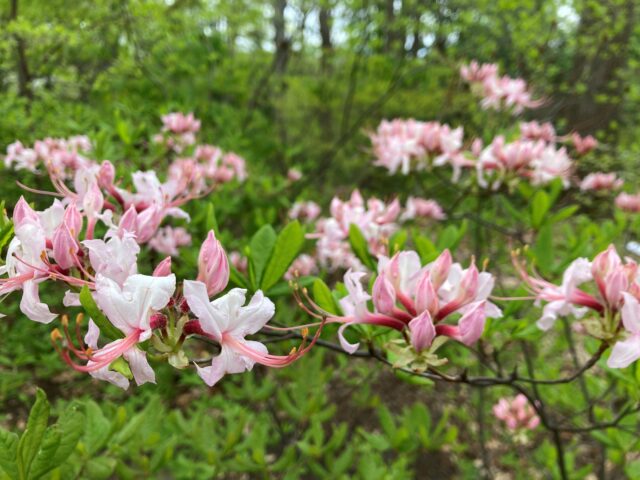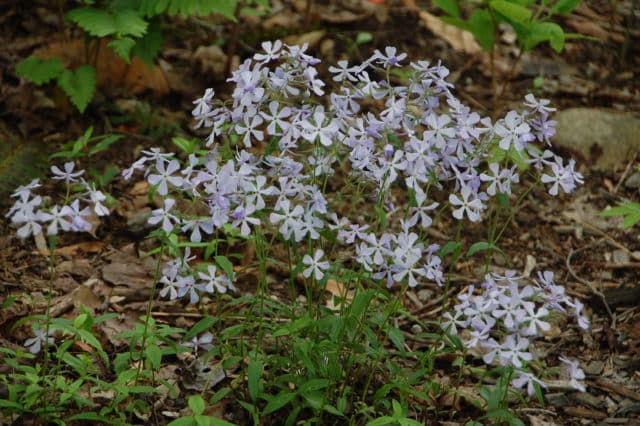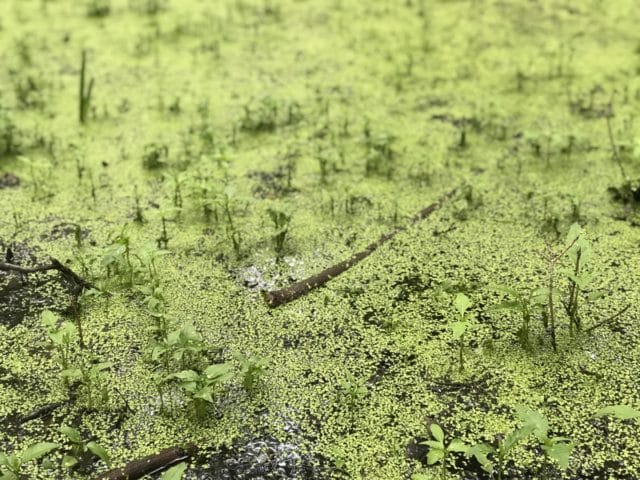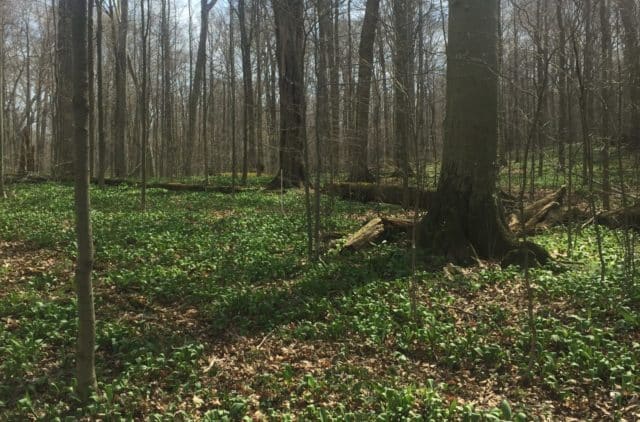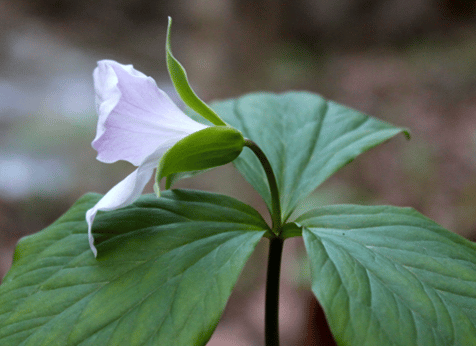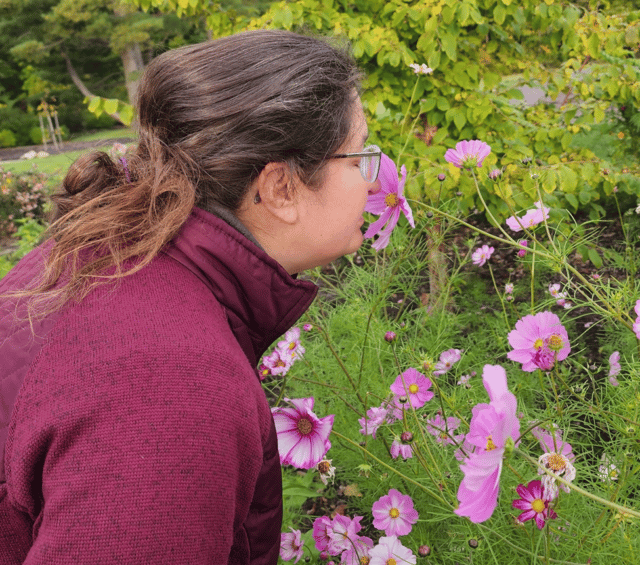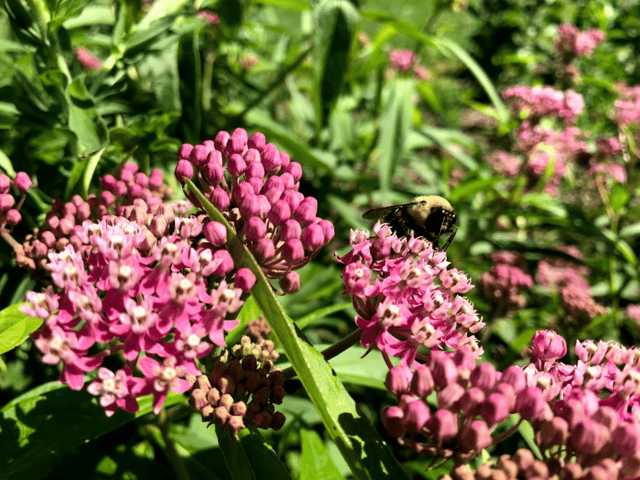
The invasive spotted lanternfly (Lycorma delicatula) has been found on Cleveland’s east side. This discovery matters greatly to Northeast Ohioans. Here are the details we have thus far:
At a Glance
- The invasive Spotted Lanternfly (Lycorma delicatula) has been found on Cleveland’s east side.
- This is a plant-hopping insect with wings, approximately an inch long and with a wingspan of 2 inches as a fully-grown adult.
- Spotted lanternfly has the potential to become an extremely destructive pest in Northeast Ohio if left unchecked and could wreak havoc on many species of plants and trees and the industries that depend on them.
- The biggest thing the public can do right now is to know what to look for, keep an eye out, and report
What is the Spotted Lanternfly?
Spotted lanternfly adults were found at 64th and Euclid Ave. and near 79th & Woodland Ave on August 26th, This is a plant-hopping insect with wings, approximately an inch long, and with a wingspan of 2 inches as a fully-grown adult. Adults can be observed most readily in the late summer and fall. Grey frontal wings with black spots and bright red hind wings (only visible when wings are open) with black spots are the most identifiable features. The young, immature insects—or nymphs—look different; they are black with white spots, developing red patches as they grow. Nymphs are usually seen in late spring and summer. Egg masses are laid in late fall on any surface including trees, buildings, and outdoor furniture. They are greyish and covered in a waxy, mud like covering which gets a cracked appearance over time. Old egg masses appear as rows of 30-50 brownish, seed-like deposits in columns .
Photo Credit: Teá Kesting Hardy
Where are they from?
These insects are native to China, India, and Vietnam. They were introduced to the USA—likely accidentally through plant product imports—in 2014. This 2021 incident is the first confirmed sighting in Northeast Ohio, with one previous sighting in the Youngstown area. They have no significant predators in the USA and tend to overpopulate where they spread and get established.
What symptoms appear on the tree?
The extensive feeding of spotted lanternflies causes:
- Small wounds that ooze sap, leaving a gray or black trail along the bark.
- Leaf curling or wilting will often occur as the insects suck nutrients from the plant.
- Canopy dieback.
- The presence of honeydew and the growth of blackish sooty mold.
Egg masses are laid in late fall on any surface including trees, buildings, and outdoor furniture. They are greyish and covered in a waxy, mud like covering which gets a cracked appearance over time. Old egg masses appear as rows of 30-50 brownish, seed-like deposits in columns.
These insects are native to China, India, and Vietnam. They were introduced to the USA—likely accidentally through plant product imports—in 2014. This 2021 incident is the first confirmed sighting in Northeast Ohio, with one previous sighting in the Youngstown area. They have no significant predators in the USA and tend to overpopulate where they spread and get established.
How do they harm trees? Is it deadly?
Spotted lanternflies cause significant damage to trees and other plants in areas where they are numerous. The adults feed on sap and secrete a large amount of sugary residue—called honeydew—which in turn encourages sooty mold growth. This mold is not directly harmful to humans, but it damages trees. Leaf areas where the sooty mold grows are prevented from photosynthesizing.
Death from feeding has been observed in mature grapevines, sumac, and tree-ofheaven, as well as sapling trees. Beyond this, there is much to learn; research is ongoing to understand the true impacts and mortality possible from spotted lanternfly.
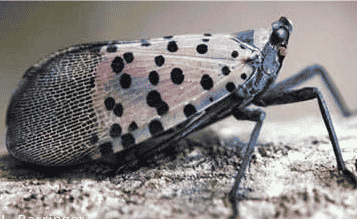
Adult, wings closed 
Adult, wings open
What can I do?
Spotted lanternflies cause significant damage to trees and other plants in areas where they are numerous. The Take a moment to familiarize yourself with what to look for by using the images and descriptions here and on ODA’s website. Keep in mind that as fall progresses, adults congregate on trees such as tree-of-heaven, willow, and others and note that spotted lanternfly tends to spread into a new area via transportation routes as they “hitchhike” on trains and rail lines. Late summer/early fall is the easiest time to spot the adult lanternfly, so please, keep an eye out, and report any signs of these pests! At this early stage of potential infestation, residents can do a lot to help by detecting and reporting! If you suspect a spotted lanternfly infestation, at any life stage please report the finding to the ODA Plant Pest Control (614-728-6400, [email protected]). If you have photos of eggs, adults, or nymphs, even better! Send them to the email above or attach them to the form here: https://arcg.is/0aTbCL
If you think you see an adult Spotted Lanternfly
- Try to catch it. Don’t worry, they don’t sting or bite!
- Place it in a sealed bag, and freeze the specimen.
- Contact the Ohio Department of Agriculture (ODA) by filling out a form at https://arcg.is/0aTbCL and mail it to the address provided on the form.
If you can’t catch the spotted lanternfly, take a photograph and submit it to [email protected].
If you think you see Spotted Lanternfly eggs
- Report the eggs to [email protected].
- Destroy the eggs by scraping them off the surface.
- Double bag them (with alcohol or hand sanitizer if you have any on hand) and throw it away – if the eggs are ONLY scraped off they will still hatch.
If you can’t catch the spotted lanternfly, take a photograph and submit it to [email protected].
Keep alert, Ohio!
Spotted lanternfly has the potential to become an extremely destructive pest in Northeast Ohio if left unchecked and could wreak havoc on many of our beloved plants and trees and the industries that depend on them. Help the effort to detect, contain, and eradicate by staying informed and alert for this pest. Thank you!
To Report:
Ohio Department of Agriculture Pest Alert
- Email: [email protected]
- Call: 614-728-6400
- Fill out the form: https://arcg.is/0aTbCL
References and More Information
- ODA’s Spotted Lanternfly Landing Page: https://agri.ohio.gov/wps/portal/gov/oda/divisions/plant-health/invasive-pests/slf
- PennState Extension: https://extension.psu.edu/spotted-lanternfly
Sponsored By:

